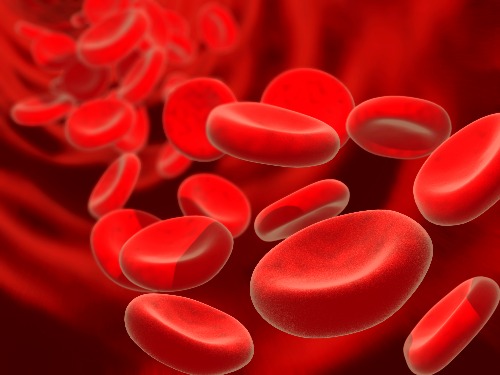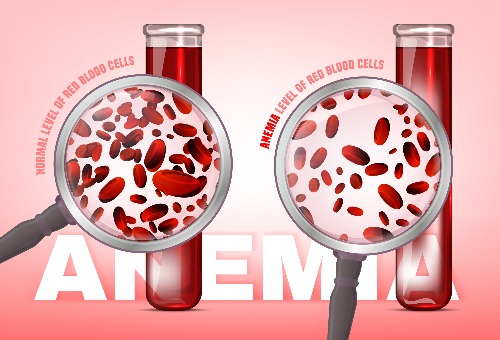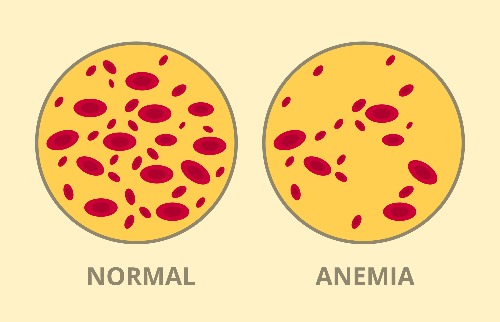Aplastic Anemia in Children
- officeorenzarif

- Aug 10, 2022
- 5 min read
Updated: Jul 21, 2024
Aplastic Anemia in Children
Aplastic anemia in children is not common, but there are a few symptoms that can help you identify it. This disorder is caused by low levels of red blood cells, so oxygen cannot get to muscles as easily as it should. Aplastic anemia children can feel fatigued and out-of-breath after a period of exertion. They may also have a low neutrophil count, known as neutrtropenia, which affects their immune system and makes them susceptible to infections. The blood test for this disease is not necessary, but it can be used to determine the risk of infections.
Treatment options for aplastic anemia in children
Treatment options for aplastic anemia in kids vary depending on the severity of the condition. Treatment for milder cases may include transfusions of red blood cells or platelets. Patients with severe aplastic anemia may need a stem cell transplant or ongoing treatment. While transfusions can be an effective way to treat this disease, they may also cause other complications. Fortunately, there are several treatment options for children with aplastic anemia.
The most effective treatment for aplastic anemia in children involves a bone marrow transplant. Bone marrow transplants from mismatched family donors and matched unrelated donors have excellent success rates. New therapies are currently in development. The goal is to achieve normal blood counts and improve the child's quality of life. While aplastic anemia is life-threatening, fortunately, treatment options for this condition are improving.
Aplastic anemia is rare, but it is treatable. Treatment options for aplastic anemia in children are based on the severity of the symptoms and the blood counts. Symptoms may appear slowly or suddenly, requiring a blood transfusion or transplant. In any case, low blood counts can be life-threatening. The treatment for aplastic anemia in children should include proper monitoring and management.
The most common symptom of aplastic anemia is bruising. The condition affects the ability of blood cells to clot. This causes the gums to bleed after brushing their teeth and nosebleeds. Similarly, the disorder can also result in petechiae, which are red pinprick spots underneath the skin. As platelet counts are low, the patient is at a higher risk of infection.
The severity of aplastic anemia varies from mild to severe. In very severe cases, the mortality rate is over 70% even with supportive care. Consequently, treatment is imperative. Clinicians must be vigilant in maintaining adherence to therapy. Treatment options for aplastic anemia in children should be tailored to the severity of the condition. If treatment for severe aplastic anemia has been ineffective for the child, he or she may undergo a bone marrow transplant.
Bone marrow transplant is the only cure
Patients can also undergo immunosuppressive therapy. This means taking drugs that suppress the immune system to stimulate blood cell production. A bone marrow transplant can cure aplastic anemia in more than 80 percent of patients in their teens or early twenties. Bone marrow transplant is also the only cure for aplastic anemia in children. Patients may be able to receive blood transfusions, medicines to promote bone marrow production, or a bone marrow transplant. However, it is important to remember that a bone marrow transplant is not right for every child and that a patient may not be a good match.
If the child is not a match for the donor, the only treatment is a bone marrow transplant. Bone marrow is taken from a donor who has a specific genetic marker, called a human leukocyte antigen. The donor must match the recipient's marker, or HLA, to avoid rejection. Bone marrow is given in a similar fashion to a blood transfusion.
There are two types of aplastic anemia. In inherited forms, bone marrow failure syndromes may mimic aplastic anemia. Bone marrow failure syndromes, such as Fanconi anemia, are inherited and may be misdiagnosed as aplastic anemia. However, aplastic anemia is distinct from Fanconi anemia and dyskeratosis congenita.
For idiopathic aplastic anemia, a bone marrow transplant from a family member is the only cure. This treatment is effective for a quarter of children with a matched sibling. However, patients may experience an allergic reaction to the medication. A bone marrow transplant is not a cure for aplastic anemia. The best treatment for idiopathic aplastic anemia is bone marrow transplantation from a matched sibling.
Aplastic anemia is a rare disorder of the bone marrow. Because bone marrow does not produce enough red or white blood cells, aplastic anemia patients tend to bruise easily, suffer from fatigue, and suffer from increased bruising and bleeding. Patients with aplastic anemia are at increased risk of infections and heart problems. Symptoms of this disease may result from immunosuppressive medications.
Despite its rarity, aplastic anemia is a life-threatening condition for both children and their parents. Aplastic anemia is a severe disease characterized by a reduced number of blood cells in the bone marrow. As a result, hemoglobin levels will drop and the child may experience fatigue and severe anemia. In addition, platelets are also reduced, making the blood less able to clot.
Complications of aplastic anemia in children
Aplastic anemia in children is a life-threatening disease. It may present weeks or months after the initial exposure. The symptoms include weakness, pallor, and sudden onset of febrile illness. The child may also experience frequent minor infections. A complete blood cell count (CBC) and bone marrow biopsy are ordered to determine the condition. If any of these signs or symptoms are present, the child should see a doctor immediately.
Aplastic anemia in children is a genetic disorder that is usually inherited. It can affect either sexes equally or affect only one parent. Children with this disease have a higher risk of developing leukemia or other types of cancer. Aplastic anemia may be caused by a previous illness, an inherited genetic disorder, or other factors. Symptoms of aplastic anemia in children are often similar to those of other blood disorders or medical conditions.
Complications of aplastic anemia include increased need for rest and fatigue. In severe cases, the patient may experience heart problems, irregular heartbeats, and infections. Severe anemia can lead to bleeding and death. Fortunately, there are treatment options available for milder forms of the disease. However, for severe cases, blood transfusions may be necessary. If the condition is not detected early, blood transfusions may be ineffective.
Acquired aplastic anemia is the most common type of aplastic anemia in children. Although no specific cause exists, environmental factors such as exposure to radiation or certain toxic chemicals can increase the risk of the disease. Nonviral hepatitis and exposure to some viruses are associated with the condition. Genetic conditions can also increase the risk. In both cases, proper treatment is necessary to avoid aplastic anemia in children.
The most effective treatment for aplastic anemia in children is bone marrow transplant. A bone marrow transplant will replace the diseased bone marrow with healthy bone marrow. Although the condition can be life-threatening, bone marrow transplant is not an option for everyone. Successful aplastic anemia in children depends on the age of the child and the donor. Sibling matches are one in four. Moreover, the risk of bone marrow failure also factors in the decision to pursue a transplant. Discuss this option with your child's hematologist and the stem cell transplant team.
Aplastic anemia in children is a rare blood disorder caused by failure of the bone marrow to produce blood cells. The bone marrow contains stem cells called hematopoietic stem cells. These cells have the ability to divide and produce more stem cells. In aplastic anemia, the bone marrow cannot produce sufficient amounts of red and white blood cells, platelets, and white blood cells. Low levels of these cells lead to anemia, infection, and bleeding.
If the symptoms and signs are present, treatment can include immunosuppressive therapy and transplantation of stem cells from matched unrelated donors or mismatched family donors. Aplastic anemia in children can be life-threatening, with mortality rates above 80% within the first year. Despite this, long-term outcomes have been improving steadily. The most common treatment for children with aplastic anemia is stem cell transplant.
.png)







































































Comments